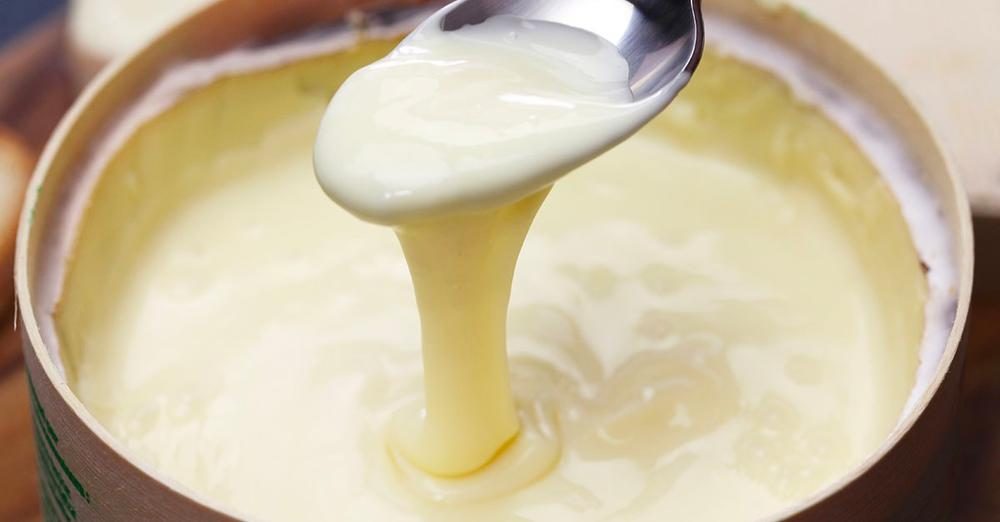Bechamel, 5 mistakes not to make to have a smooth and velvety sauce
Making béchamel at home is very simple but be careful not to make these 5 simple mistakes.
;Resize,width=742;)

Have you decided to prepare a delicious lasagna and you want to try your hand at preparing the bechamel sauce? The last time you tried something went wrong and you had to throw everything away? Making béchamel at home is very simple but be careful not to make these 5 simple mistakes.
Unmistakable basic preparation of French and non-French cuisine, silent but fundamental protagonist of lasagna, gratin pies and a thousand other recipes: let's talk about bechamel, a sauce that actually is not for everyone. In fact some people say it is too fat although it contains "only" milk, flour, butter and a pinch of nutmeg, while for others it should never lack in the kitchen: bechamel is a bit like that, you love it or you hate it. Whatever you think, in order for it to be balanced, creamy at the right point and without lumps, the béchamel sauce must be carefully prepared: after all, precision in the kitchen is not an option and we know it well. Like all sauces, even the bechamel runs the risk to go bad and ruining your recipes: but do not worry, we are here to help you, take a look at these trivial mistakes not to be made and your bechamel will be just perfect.
1. Wrong doses

We would say that this rule applies to any recipe: imagination and improvisation are fine but for a perfect bechamel sauce the doses are important and you have to respect them. For the "classic" version, the one that is used for lasagna and tagliatelle, 10 grams of flour and 10 grams of butter must be used for every 100 cl of milk. If you want a more full-bodied and dense result, you can increase the dose of flour (12 grams per 100 cl) and your béchamel will be good to bake a soufflé; on the contrary, by decreasing the dry part of the recipe (8 grams of flour per 100 cl of milk) the sauce will be "slower" and can more easily tie a delicious gratin pasta in the oven.
2. The temperature of the milk

Trivial but decisive mistake: the best way to bring home a good result is to use milk at room temperature leaving it out of the refrigerator for a couple of hours before starting the preparation; but if you forgot to do it you can also use a saucepan to heat it before adding it to the roux (don't worry we'll explain what it is in a little while). If you decide to heat the milk, be very careful not to bring it to the boiling point: butter and flour in contact with too hot milk become lumpy and you can say goodbye to your bechamel.
3. Add the milk little by little

We promised you to tell you what roux is and that’s it: behind this strange word there is simply the mixture of butter and flour to which you will add milk. Let’s say it: forget adding the milk little by little, pour it all at once, all together, in one fell swoop; understood? Use a whisk to stir the roux immediately and add the milk immediately to avoid the formation of lumps.
4. Do not adjust the flame

The temperature is important and the intensity of the flame perhaps even more: when you combine the flour with the melted butter and prepare the roux, the flame must be moderate, neither too strong nor imperceptible. As soon as you add the milk (in one fell swoop, remember point 3?), your flame will have to become shy, in a word: very low. The cooking of the bechamel must be slow and sweet to avoid burning or lumps. Another rule in the rule: never stop mixing, in the first part in a decidedly energetic way, in the second phase with more kindness.
5. Allow it to cool without film

You have done everything perfectly, your bechamel is homogeneous, smooth and tasty: do you want to ruin the good job done by forgetting the film? I would really say no. The béchamel, before being used in other preparations, needs to rest: the best way is to transfer it to a glass or ceramic container and cover it with a sheet of foil or parchment paper. The film will prevent the top of the sauce from becoming dry and the formation of an annoying crust.
;Resize,width=767;)

;Resize,width=712;)
;Resize,width=712;)
